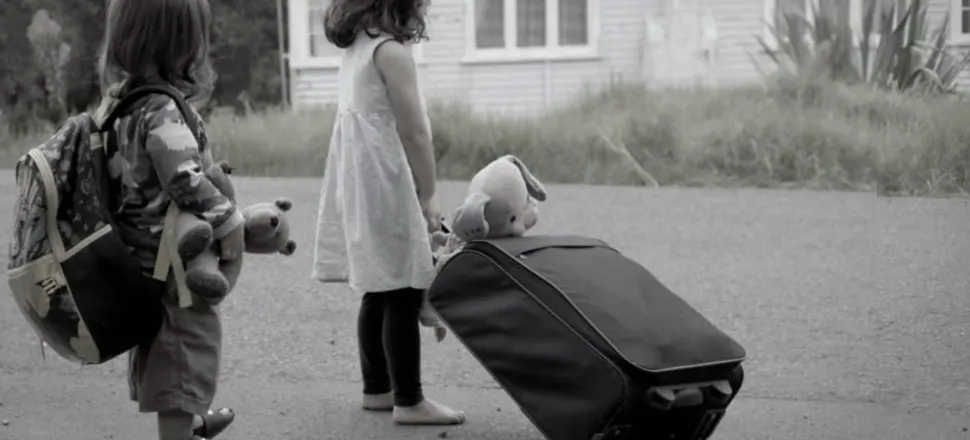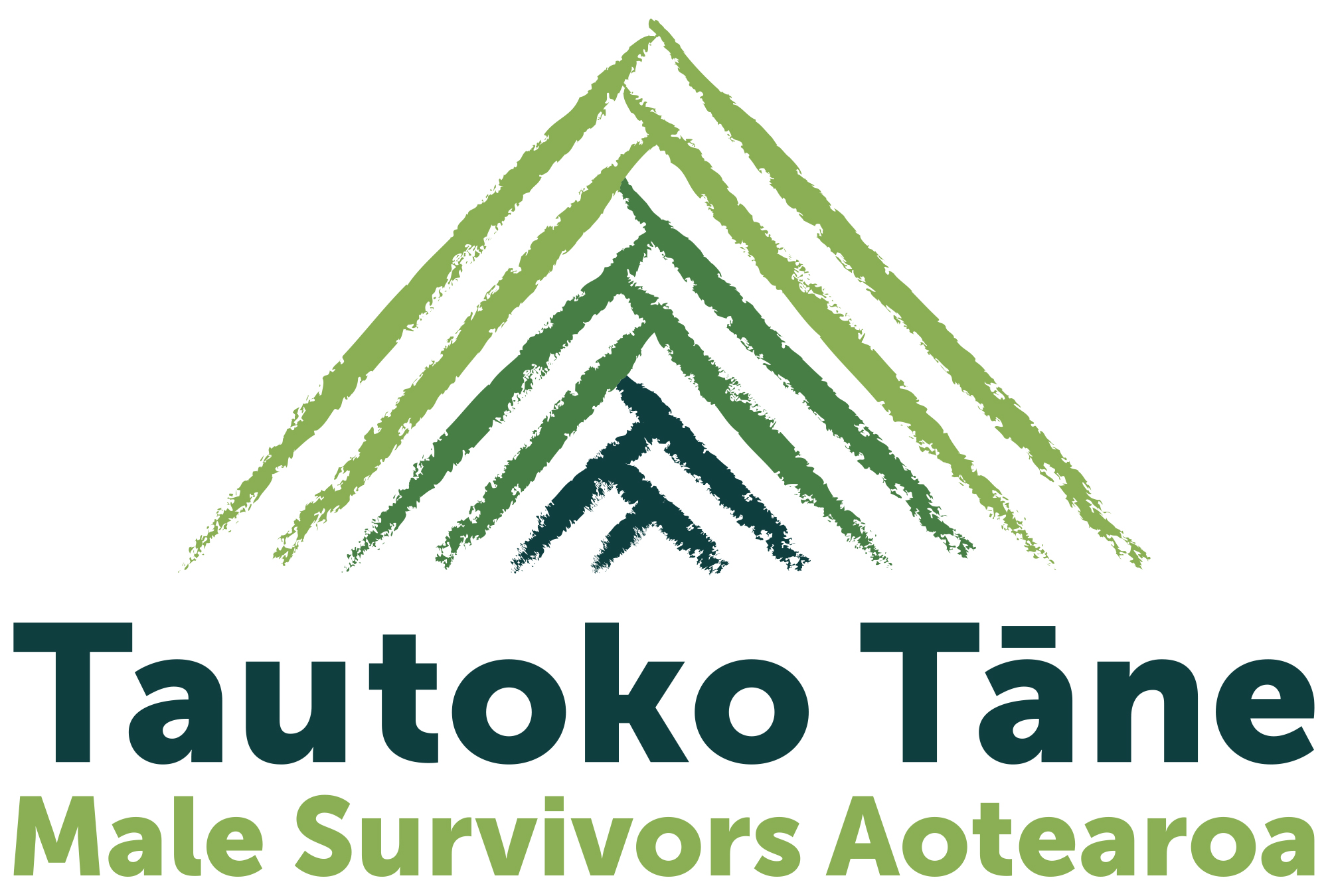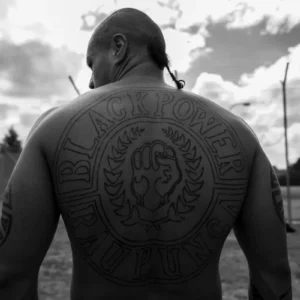Crown lawyers endure strong questioning from a panel of judges as Newsroom goes to court to overturn a ban on a video investigation into Oranga Tamariki. Tim Murphy reports.

Children were taken from their 'forever home' to a distant town and whānau . (Photo not of children involved.)
Newsroom has gone to the Court of Appeal to try to reverse a near three-year ban ordered by the High Court on publication of a video investigation into a ‘reverse uplift’ by Oranga Tamariki.
The injunction, sought by the Solicitor-General Una Jagose after the investigation by Newsroom’s Melanie Reid was published in November 2020, had been granted on an interim basis by Justice Francis Cooke. The video and associated stories have been unavailable to the public since then.
Jagose had liaised with Newsroom over some changes she deemed necessary to the video under the law, but despite assertions of continued discussions, unilaterally broke that process off before seeking an injunction stopping publication.
Justice Cooke also ordered Newsroom to pay $14,000 towards the Crown’s costs.
Separately, Crown Law referred the video to the police, who have subsequently chosen to lay a criminal charge against Newsroom in Christchurch for breaching the Family Court Act. That case is on hold awaiting the result of this Court of Appeal hearing.
Oranga Tamariki and the Crown argued elements of the video breached the Family Court law by including identifying factors of four children involved in a removal of them by the children’s agency from a ‘home for life’ with foster parents and back to recently located whānau.
The law says media cannot reveal identifying particulars of vulnerable children in Family Court cases in any report of the “proceedings” of the court.
The case centres on whether the story actually reported any “proceedings” of the court and whether anyone who did not already know could have recognised or known the children from the reporting.
It will establish whether the Court of Appeal will for the first time give guidance on what the law’s restriction on identifying individuals should be, and to which groups in the community.
Newsroom says its investigation did not identify the children, who were not named or shown. The children and their foster parents’ faces were at all times pixellated and identities hidden. Nor was it a report of “proceedings'”of the Family Court as the story reported developments beyond the court’s jurisdiction and outside its hearings. The investigation was clearly in the public interest as it led to political and systematic change in the way Oranga Tamariki removed children from foster placements.
Other media outlets, represented by the Media Freedom Committee’s Robert Stewart, backed Newsroom’s story as important public interest journalism. Stewart said editors feared a chilling effect if an overly broad effect was given to the Family Court law, stopping any reporting of state agencies’ actions in relation to cases that had come before it.
“The actions of these agencies and their personnel are more likely to remain hidden and avoid scrutiny, to the detriment of the public.”
The banned video was watched this week by three Court of Appeal judges, the President Justice Mark Cooper, Justice Christine French and Justice Forrest Miller, before a one-day hearing in which Newsroom argued the Crown had over-reached in saying the investigation breached the Family Court Act or identified children.
At the hearing, the judges quizzed the Crown lawyer, Kim Laurenson, on false information provided by Oranga Tamariki social workers to the foster parents of the four children who were ultimately removed from the South Island to the North Island.
The judges wanted to know if reporting the fake claim by social workers – that the Family Court believed the foster parents were not “culturally competent” to bring up the children – could possibly have been considered a “report of the proceedings” of the Family Court if the social workers’ claim was not true, if it had not happened.
Newsroom revealed the fake claim had been made under the cover of institutional secrecy, to justify the agency’s own decision to remove the children from their home with the couple.
Justice French said that action had been “quite alarming” and queried if social workers could say such things under the cover of secrecy and those involved could not tell anyone else.
“It’s a pretty serious matter that a social worker came to a family and misled them. That’s definitely worthy of ventilation in the public media, I would have thought.”
Justice Miller observed that with the Crown’s broadbrush approach to what the media could not report, “It results in Oranga Tamariki throwing a blanket over anything surrounding a proceeding.”
The judges grilled the Crown over whether Newsroom reporting the claims and actions by Oranga Tamariki and its staff could be considered to be “proceedings” of the Family Court and thus covered by statutory restrictions.
And they queried whether Oranga Tamariki and Crown Law’s legal action to remove the Newsroom story infringed the rights of the foster parents to have their own freedom of expression, to speak out about the false information they had been told to justify removing the children in their care.
Justice Miller told Laurenson: “You are expanding the reach of this prohibition and the reach of this offence quite a long way. Perhaps you are right to do that. But it raises a question about whether you should adopt a narrower concept. It’s hard to see how they [the foster parents] should be prohibited.”
A Newsroom lawyer, Wellington barrister Tim Castle, said the Newsroom story was not a report of a proceeding of the Family Court. “This story is of raw emotion and human trauma.”
“The documentary and articles under injunction concern Oranga Tamariki practices and the reverse uplift… and harsh scrutiny of the state agency. At least on two occasions, the position in relation to the placement of the foster children was misrepresented to the foster parents.”
While the false claim that the court had decided the parents were not culturally competent had made it into the court files, it had not been a decision or action of the court and had not been part of the court proceedings. The claim had been found by an internal Oranga Tamariki review to be wrong, but never corrected on the court record.
He said Newsroom reported the false claims because they were beyond the court case, with Newsroom making a “significant and successful attempt to distance its scrutiny from the Family Court proceedings.”
Lawyer Ben Keith, for Newsroom, told the court: “These things can end up in a court record without being part of the court proceedings.”
Where the Crown tried to argue Family Court judges had made rulings on things covered in the Newsroom investigation, the actual facts put to the court were simply Oranga Tamariki decisions being notified to the court or judges being asked to approve transition plans to give effect to Oranga Tamariki decisions, he said.
Laurenson, for the Solicitor-General, said it was not in dispute that independent journalism performed a vital role in our democracy.
But the restrictions of the Family Court Act existed to protect the interests of vulnerable children.
The Crown said Newsroom could have reported issues around the case without including any particulars likely to identify the children, or referring to the proceedings of the Family Court.
“The Solicitor-General says it was open to Newsroom to avoid the difficulties by either reporting the proceedings but more fulsomely anonymising, or there are things that could be said more generally about Oranga Tamariki’s practices or the experiences of foster parents, or by seeking the leave of the court, and that was not done.”
Asked from the bench if she had any examples of anyone seeking leave of the Family Court to allow reporting of proceedings or with identification, Laurenson said no, that it had proved difficult obtaining case records from that court.
“I’m not aware of media organisations regularly applying in these kind of cases.”
Justice Cooper observed: “It’s possible for this whole jurisdiction to be exercised in a manner that never sees the light of day.”
Justice Miller asked Laurenson if it could be taken that any properly informed Family Court judge would have authorised the Newsroom publication. She said no, the Family Court was a specialist jurisdiction that would have heard from all parties. “I think that’s something of a leap for this court to make.”
Asked next by Justice Cooper if, then, Newsroom had applied to the Family Court for permission to report its story, would it have “inevitably been refused”, Laurenson said “I’m not able to speculate. I’m neutral on that.”
The judges explored the reaction to the Newsroom video from the short time that it aired publicly.
Justice French asked if it had led to the relevant Cabinet minister (Kelvin Davis) putting the Oranga Tamariki reverse uplift policy on hold. Justice Miller said: “He watched the programme and he was moved by it?”
Justice French: “But for these publications, this policy may have continued, correct? By the timing, it certainly was a catalyst for change?”
Laurenson: “But for these publications, less the identification of the children, would this policy have changed?”
Justice French: “It does suggest the subject matter was a matter of public interest.”
The hearing explored what the Solicitor General considered to be a report of proceedings of the Family Court. The judges asked if someone involved had told a friend, would that be a breach? Could the foster parents simply talking to the media be a breach? Could the Solicitor General have referred the foster parents for criminal prosecution for speaking out, as she had against Newsroom?
Laurenson said instances such as a teacher at one of the uplifted children’s schools being told of the broad background to the child’s circumstances would not be viewed by the Solicitor General to be in breach. But if the teacher went home and put it on Facebook that would be a different matter.
Asked for a legislative backing for that decision-making, rather than the Solicitor General’s view, she cited a Supreme Court judgment on suppression that allowed a security guard’s offending to be known by people at his employing organisation.
Justice Miller said there was clearly an “immediate circle” whom the law should not touch. “Who are the people to whom it ought not be published?”
On Newsroom’s alleged publication of identifying details of the children, Castle submitted a view from a British court that countered High Court Justice Cooke’s view that people would be able to “work it out” by piecing together multiple elements.
“The potential for jigsaw identification, by which is meant diverse pieces of information in the public domain, which when pieced together reveal the identity of an individual, can sometimes be too loosely asserted and the risk overstated.
“Jigsaws come with varying complexities. A 500-piece puzzle of Schloss Neuschwanstein is a very different proposition to a 12-piece puzzle of Peppa Pig…. While some information in the public domain may be pieced together by those determined to do so, the risk may be relatively remote.”
The Court of Appeal reserved its decision.





